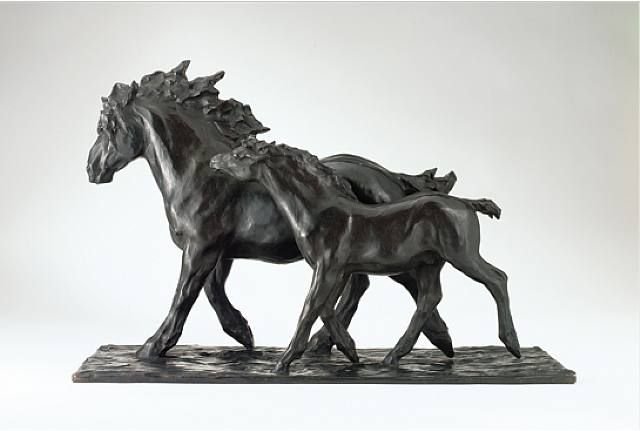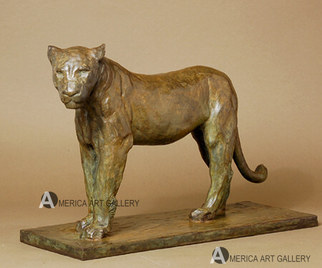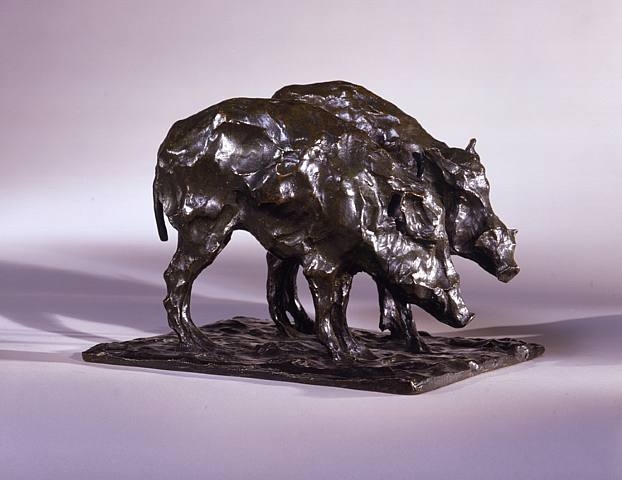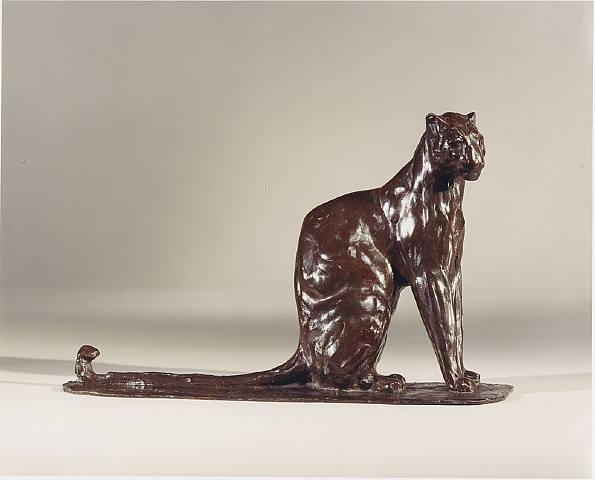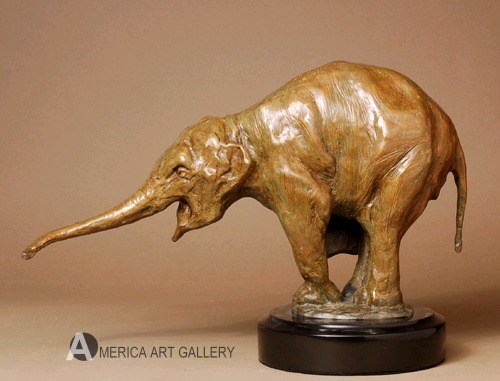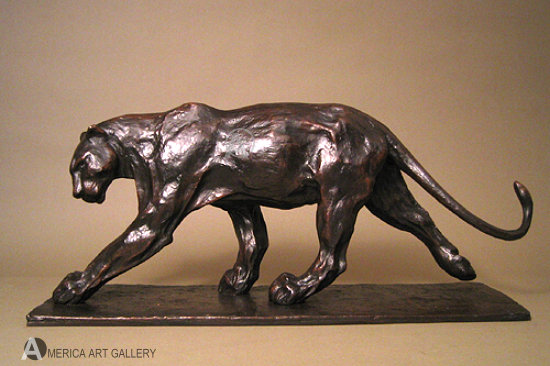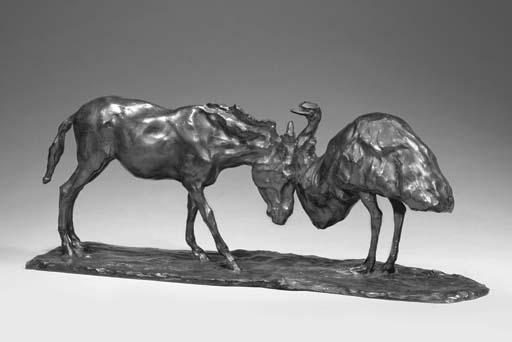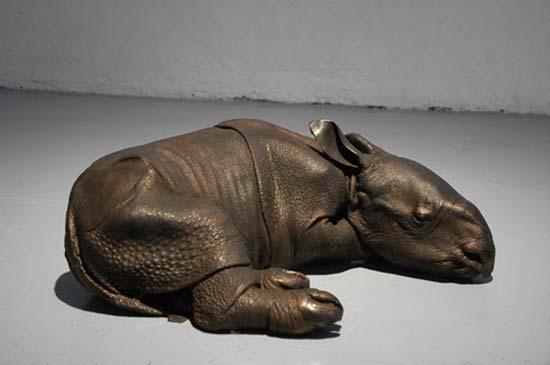<Back to Index>
- Lexicographer Noah Webster, 1758
- Sculptor Rembrandt Bugatti, 1884
- 1st Prime Minister of Japan Itō Hirobumi, 1841
PAGE SPONSOR
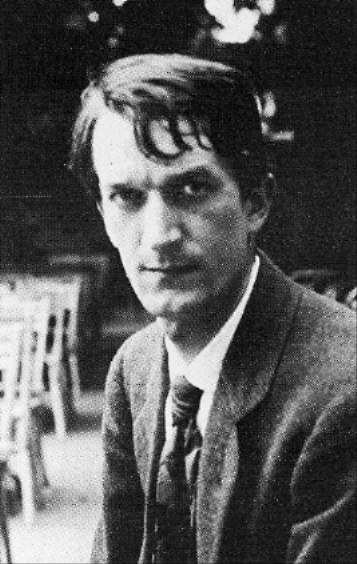

Rembrandt Bugatti (16 October 1884 – 8 January 1916) was an Italian sculptor, known primarily for his bronze sculptures of wildlife subjects.
Born in Milan, into a notably artistic family, Rembrandt Bugatti was the second son of Carlo Bugatti (1856 - 1940) and his wife, Teresa Lorioli. His older brother was Ettore Bugatti who became one of the world's most famous automobile manufacturers.
He was given his first name by his uncle, the painter Giovanni Segantini. His father was a successful and important Art Nouveau furniture and jewelry designer who also worked in textiles, ceramics, and silver
metalware. As such, Rembrandt Bugatti grew up in an environment where a
great many of his parent's friends were from the artistic world. In
1902, the family moved to Paris, where they lived in a community of artisans. As a child he hung around his father's workshop and was encouraged to try sculpting in plasticine by the family friend and renowned Russian sculptor, Prince Paolo Troubetzkoy (1866 - 1938). Rembrandt
Bugatti was a young man when he began to work with the art foundry and
gallery owner, Adrian Hébrard. He produced a number of bronzes which
were successfully exhibited and promoted by Hébrard. Bugatti's
love of nature led to him spending a great deal of time in the wildlife
sanctuary near the Jardin des Plantes in Paris or at the Antwerp Zoo where he studied the features and movement of exotic animals. His sculptures of animals such as elephants, panthers and lions became his most valuable and popular works. The silver elephant mascot that sits on top of the radiator of the Bugatti Royale was cast from one of Rembrandt's original sculptures. His art works are now also highly priced. A cast of his 1909 - 1910 bronze, Babouin Sacré Hamadryas (Sacred Hamadryas Baboon), was auctioned at Sotheby's in 2006 for $2.56 million. In May, 2010, the Babouin reappeared at auction at Sotheby's (est. $2/3 million), along with a male and female Lion and Lionne de Nubie (est. $1.5/2 million and $1.2/1.8 million, respectively), a Grande girafe tête basse (est.
$1/1.5 million) and seven other pieces from the S. Joel Schur
Collection, perhaps the finest collection of masterpieces by Bugatti in
private hands according to one report. One of the Bugatti pieces was reported sold apparently as part of a group of sculptures (with three Rodin and a Noguchi) for an aggregate of $20 million.
During World War I the Antwerp Zoo was
forced to kill most of its wild livestock. This deeply affected Bugatti
because he had used many of these animals as objects for his sculpture.
In 1916, at the age of 31, he killed himself. He is interred in the Bugatti family plot at the municipal cemetery in Dorlisheim in the Bas-Rhin département of the Alsace region of France.
